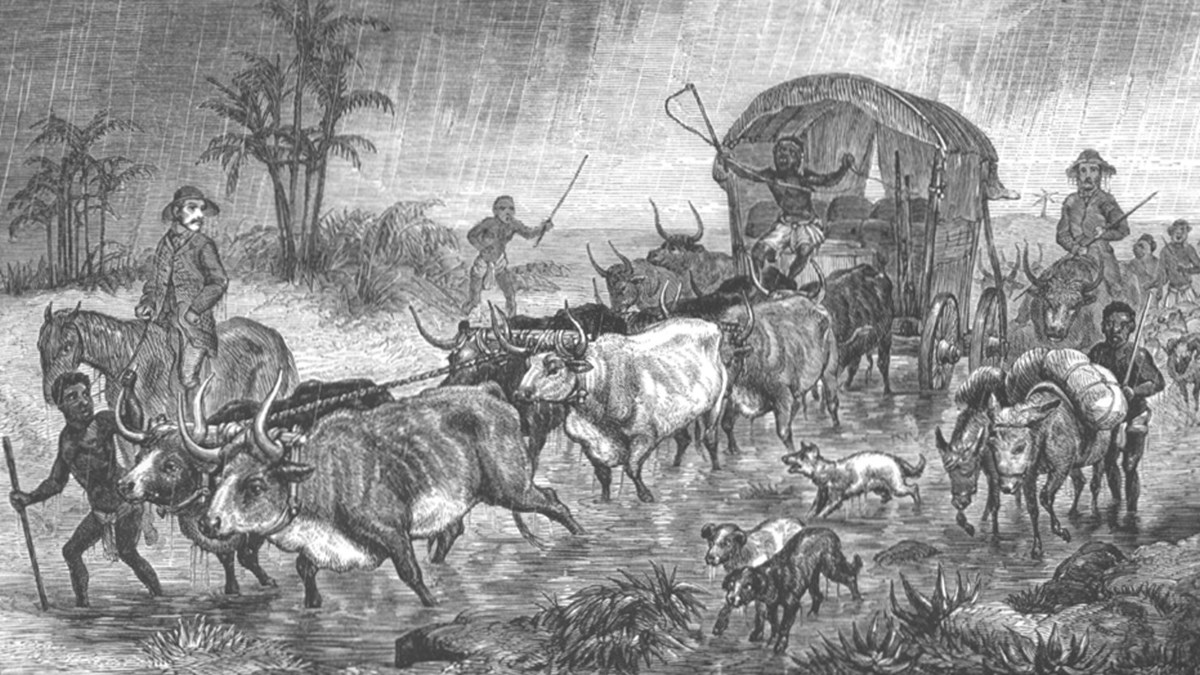Charles John Andersson

Charles John Andersson was an explorer in Africa during the 1800s. He was also the son of the famous British big game hunter and zoologist Llewellyn Lloyd.
Charles John Andersson, one of the premier explorers in Africa during the 1800´s, grew up and received his schooling in Vänersborg. He was a link in the tradition of zoological research, that came to be a major contributor to the establishment of Vänersborgs museum.
Andersson was born in Värmland in 1827 as the illegitimate son of the famous British big-game hunter and zoologist Llewellyn Lloyd (1792-1876) and daughter of a crofter, Brita Cajsa Andersdotter (1804-1892). Lloyd moved to Vänersborg around 1830, followed by his son when it was time for school. However, Andersson got the basics of zoology, focusing on ornithology, and conservation technologies by his father.
Through family contacts in England, Andersson managed to follow British physician and explorer Francis Galton (1822-1911) on his trip to South West Africa, now Namibia, in 1850. Galton´s aim was to reach the Lake Ngami in the northern part of today´s Botswana. The expedition did not reach its target. Galton returned to England while Andersson chose to remain in Africa. After a few years in Cape Town, Andersson prepared for his own expedition and reached Ngami in 1853. Experiences from both expeditions where published in the book Lake Ngami in London in 1856. The book was translated into Swedish and German. That same year Andersson visited Europe and his hometown Vänersborg .
When Andersson returned to South Africa, he undertook another major expedition, this time to the north and the river Okavango. This trip was was also published in the book - The Okavango River in 1861. At the same time Andersson came to establish a trading post in the resort Otjimbingue in the central part of today´s Namibia. In order to protect his commercial interests in cattle and ivory Andersson allied himself with the Herero on orlam - Nama. In the conflict which later became known as The Andersson War, Andersson built up his own army of nearly 2 500 men.
Andersson´s trading post in Otjimbingue however, came to be phased out in the mid 1860s. In an attempt to establish a trade route from northern Namibia to the Portuguese Angola, Charles John Andersson died during an expedition on the Angolan border in 1867. Along with the expedition was Axel W Eriksson from Vänersborg - The next chapter in the zooligiska research tradition that would lead to Vänersborgs museum began.






